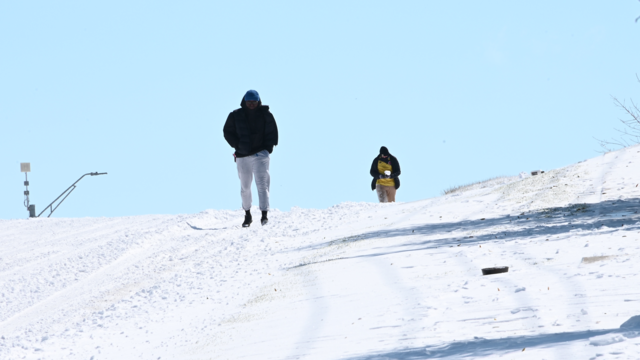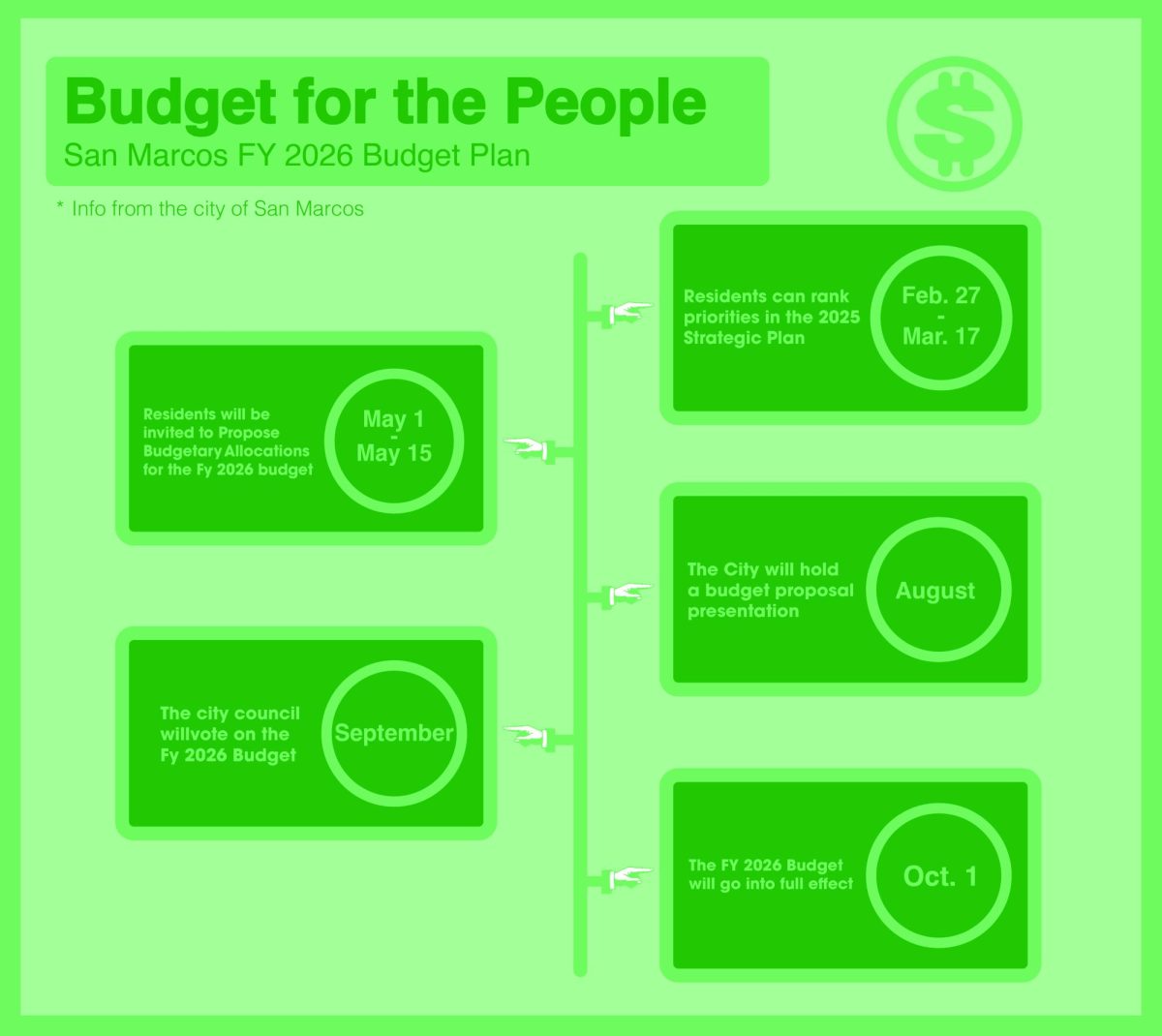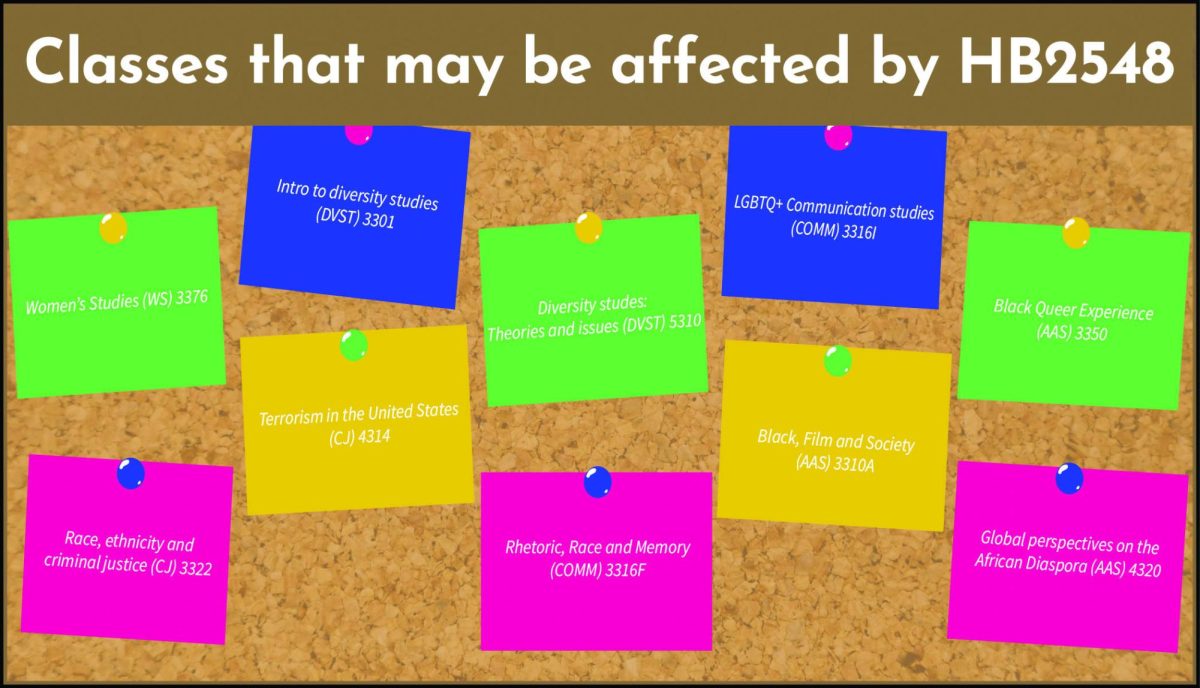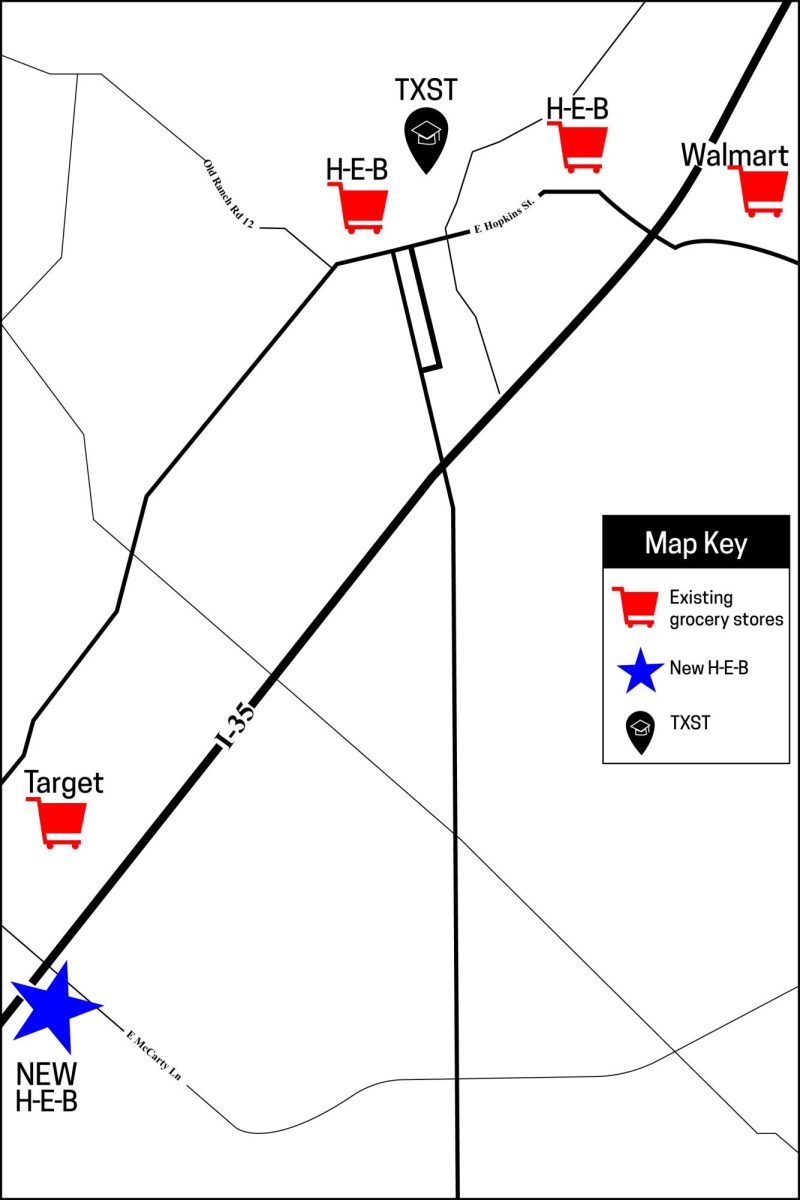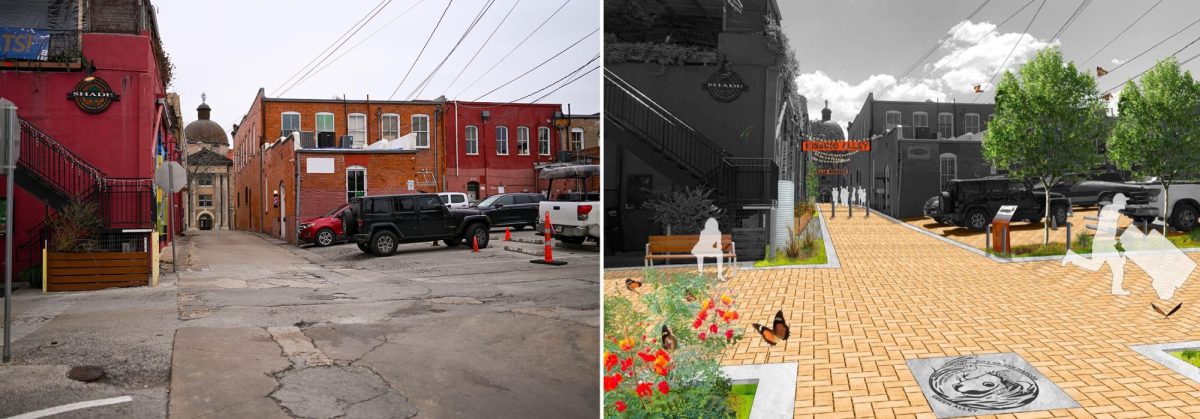As San Marcos heads into the winter season, the city is making preparations for possible extreme conditions.
According to the National Oceanic and Atmospheric Administration (NOAA), Texas can expect wetter-than-average conditions due to the El Niño coming to the U.S. for the first time since 2019.
“From December through February, NOAA predicts wetter-than-average conditions for northern Alaska, portions of the West, the southern Plains, Southeast, Gulf Coast and lower mid-Atlantic and drier-than-average conditions across the northern tier of the U.S., especially in the northern Rockies and High Plains and near the Great Lakes,” an Oct. 19 press release from the NOAA said.
With Texas expecting above-average precipitation, the wet, icy and snowy conditions now have increased chances to occur.
Rob Fitch, San Marcos emergency management coordinator, said the city is preparing for the possible extreme conditions by first trying to improve communications efforts from both the city and citizens alike.
“If you’re in a situation where you have to be evacuated you [have to] let us know,” Fitch said. “If you need a heater or if you’re out of power you have to let us know.”
According to Fitch, San Marcos will try to implement The Integrated Public Alert & Warning System (IPAWS) by the end of 2023.
IPAWS is a communication system that works with the Federal Emergency Management Agency to send out emergency and life-saving information to people through cell phones, radios and televisions. What makes IPAWS different from other communication platforms like Warn Central Texas is it is dependent on where the person is, not where they reside.
“IPAWS hits your phone no matter where you’re at,” Fitch said. “You could be in another town visiting and if there’s a disaster in that town it pings all phones and you’ll get a message.”
According to Fitch, San Marcos currently has to go through Hays County before these messages can be released. With the expected IPAWS implementation date, the city can send out these messages straight away making the process more efficient.
Fitch said once the roads start becoming icy, the Utilities Department and Public Works survey the roads to decide what steps the city takes next.
“Public works checks the roads for us along with the police and fire. All utilities trucks will be out looking, checking roads and giving us back reports,” Fitch said. “[They tell us] what roads should be closed, what roads should be getting salted and we figure out what we can do to make it safe for us.”
When the roads become unsafe for people to drive on, Fitch said the city recommends people stay at home and on a case-by-case basis will either salt or sand the roads or completely shut them down.
“In winter time we work with our public services highly to make sure roads [are] clear,” Fitch said. “For any kind of flooding, icing conditions if we needed to put down sand or anything like that for the roads.”
If a winter storm were to occur, Fitch said utilities employees are put on a 24-hour shift to respond to the conditions.
“They have schedules, so say we have a winter storm, the crews flip over and they’ll start working 24-hour shifts, they know who they are and what equipment they need,” Fitch said.
According to Fitch, when the city expects extreme winter conditions, utilities will fill up emergency generators with gas to ensure they do not run out during the storm.
With generators, Fitch said the city has ordered more for government-owned buildings and has plans to put them in places such as the city Recreation Center to provide power in case it runs out during storms.
“Power-wise we, for back up, had plans if we need to put people on generators,” Fitch said. “We can only take care of buildings that belong to the city we can’t take a generator out to a private place.”
If a storm were to happen, the Southside Community Center located on Guadalupe Street will open as a winter shelter. According to the center, staff open the winter shelter if temperatures are below 35 degrees overnight for at least 3 hours and can hold about 40 cots on a first come, first serve basis.
“People seeking shelter will be asked to fill out a registration form and complete a quick health check,” the shelter’s website said. “Pets will be allowed leashed and kept with owner as long as there is no aggressive behavior.”



